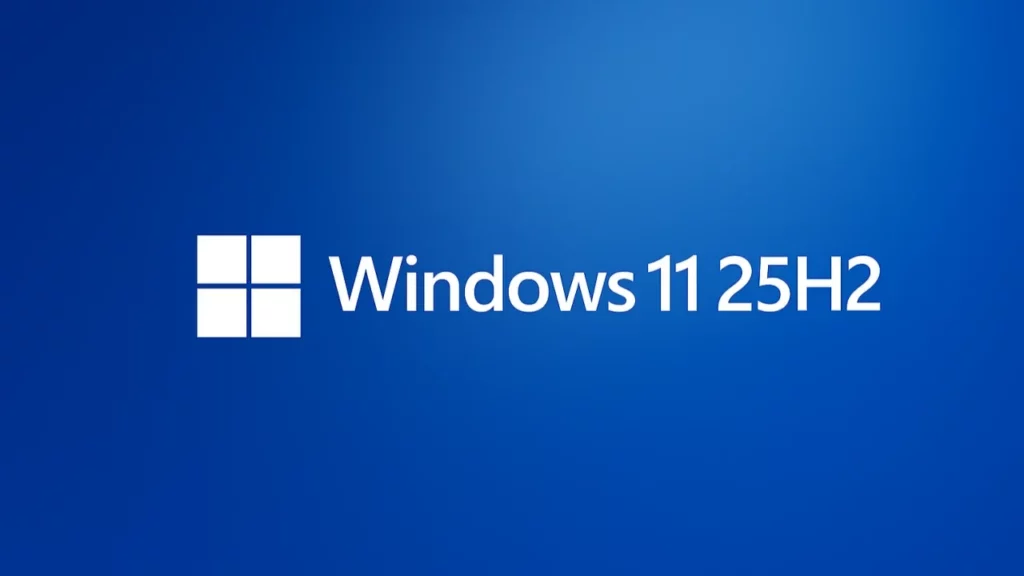Windows 11’s next big update doesn’t just bring new features it’s tweaking old ones too. In version 25H2, Microsoft has quietly changed the way desktop shortcuts behave, and not everyone’s going to love it. The system now adds app names to shortcut files automatically, even if you’ve already labeled them yourself.
Windows 11 25H2 forces app names onto shortcuts

When you drag an executable to your desktop in 25H2, Windows no longer just uses the file name you gave it. Instead, it appends the official app title from the file’s metadata. That means your custom “Notes” shortcut could now show up as “Notes – Microsoft Word,” whether you asked for it or not.
This isn’t a bug it’s by design
Microsoft confirmed that the change is intentional. It’s meant to “improve clarity,” especially for users who might not recognize what a vague shortcut points to. But for power users with carefully curated layouts or naming schemes, it’s a frustrating bit of hand-holding.
Windows 11 doesn’t let you opt out for now
There’s currently no toggle to disable the behavior. If you want your old naming style back, you’ll have to manually rename each shortcut after it’s created. That’s not a huge task for one or two apps but it adds friction for anyone setting up a fresh install or managing multiple profiles.
Minor tweak, major ripple for some workflows
It may sound like a tiny change, but for IT admins or users running portable apps, it throws a wrench into automated setups. Scripts and tools that generate shortcuts now get inconsistent results. It’s another reminder that even small UI changes can mess with tightly managed systems.
- Windows 11 25H2 appends official app names to desktop shortcuts
- Users can’t turn off the feature without renaming manually
- Microsoft says it improves clarity
- Some workflows and automation tools may break
- No registry setting or flag currently disables the behavior
Windows 11 keeps changing the little things
Not every tweak makes headlines, but updates like this show where Microsoft’s priorities are. More structure, less user control. Whether that’s helpful or annoying depends on how tightly you run your desktop. Either way, the OS isn’t standing still it’s rearranging your icons behind your back.
Don’t blink, or your shortcuts might rename themselves.














